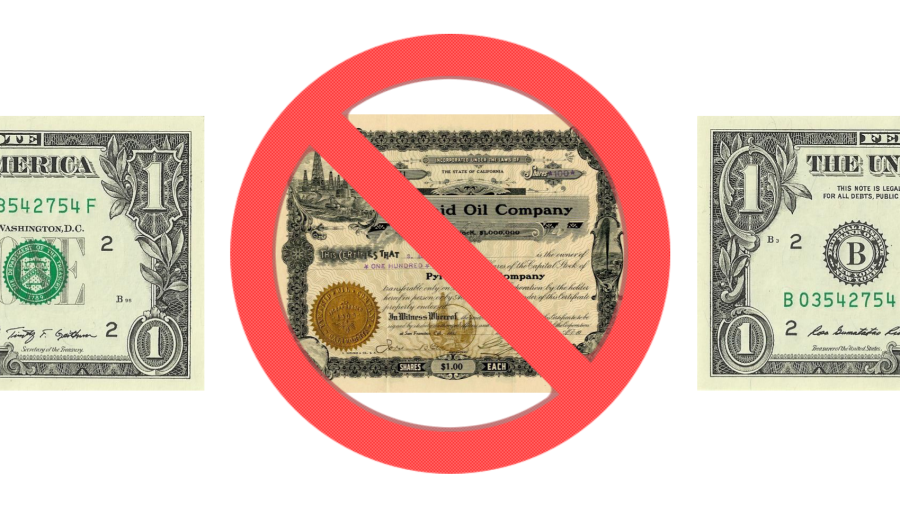Receive free Equities updates
We’ll send you a myFT Daily Digest email rounding up the latest Equities news every morning.
Arizona State professor Hendrik Bessembinder is something of a favourite of ours. For the uninitiated, he first looked at what proportion of individual US stocks since 1926 outperformed one-month US T-bills over the course of their lives back in 2017. His answer — only 42.6 per cent — was something of a surprise to many, including us.
Stocks, after all, are supposed to outperform cash in the long-run. For many, maybe most, people that’s their entire point.
Moreover, that they reliably do outperform cash over reasonably long periods is one of the only things finance people agree on, and serves as the foundational truth on which tens of trillions of strategic asset allocation is based.
Don’t panic — this has still been true in aggregate. But the degree to which stocks outperform relies on the spectacular fortunes of a few stocks over the long-run as well as the short-run was Bessembinder’s second finding. Back in 2017 he found that 4 per cent of stocks accounted for the entire net shareholder wealth created between 1926 and 2016. Run the clock forward to December 2022 and this shrinks to 3.4 per cent of stocks.
I wrote earlier this week about what narrow markets might mean for asset allocators. But the subject of most stocks losing money is distinct from the subject of a few stocks making all the money. So let’s spend a moment geeking out glorying in sheer wonder at the data around stocks losing money.
Bessembinder’s new paper finds that a full 58.6 per cent of US stocks since 1926 reduced rather than increased shareholder wealth. He also updated his global work in March. The proportion of stocks losing money over the last three decades? In around half of markets more than half of stocks lost their owners money on a buy-and-hold-with-dividends-reinvested basis. Or at least, owning most stocks did worse than just stashing the equivalent number of US dollars under the mattress.
See what I did there? I snuck US dollars under the mattress — not pesos, roubles or pounds. It’s tempting to put much of this huge proportion down to the rise of the almighty dollar. I mean, even more stocks might have underperformed Singaporean dollars under the mattress, right?
It turns out another group of researchers have had a look at global stocks against their local peso/rouble/pound cash returns. This paper by four New Zealand academics compares individual stock returns to local currency one-month bill returns over twenty (rather than thirty) years. You can see from the chart that more than half of individual stocks in around 80 per cent of markets did a worse job for their owners than parking the money in local currency cash instruments.
A staggering 74 per cent of UK-listed stocks underperformed one-month UK T-bills. 73 per cent of Australian-listed stocks, 77 per cent of Canadian-listed stocks and 86 per cent of Turkish-listed stocks also underperformed their local cash equivalents. Have a play with the chart to see the numbers for your market of choice.
What’s the takeaway?
It turns out that over the long-run a rising tide has lifted far from all stocks. Like not actually lifted them at all.
The median global stock as an investment has been worse than local cash instruments or dollars in a cookie jar.
Further reading:
— Narrow markets should humble macro forecasters (FT)
Read the full article here



